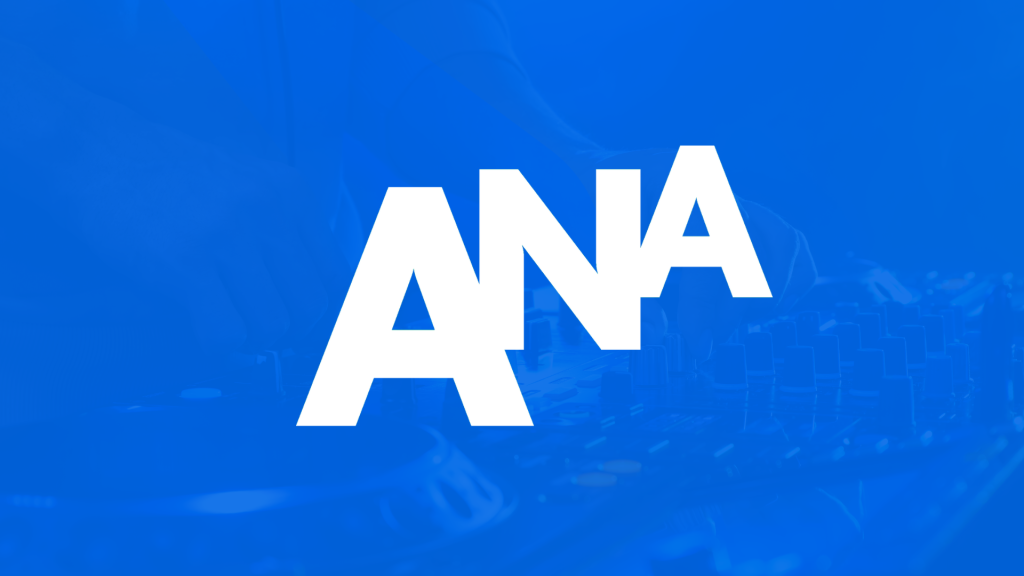By Keith Arrowsmith, Marketing Director, Onetag
There has been no shortage of discussion about curation recently, with other variations such as ‘supply-side curation’ and ‘vertical curation’ also entering the conversation.
Anything that’s accelerating as fast as the curation movement is bound to attract differing opinions and perspectives. Indeed, in his latest article, Tom Wolfe questions whether SSP curation is “just the old ad network model in a shiny new wrapper”. Spoiler: no, it’s not, and here we want to explain why.
So let’s dive in, bust the myths around curation, and demonstrate the hugely positive impact it is having on programmatic advertising right now.
1. Does curation work for or against the open web?
Some in the industry have voiced concerns about what an expansion of curation services might mean for the future of the open web. The argument goes that curation serves merely to further the success of larger existing, established domains – at the expense of the more specialist or undiscovered ones. But this is far from the truth.
Curation not only represents a means to move beyond walled gardens, but in turn opens up far improved access to the entire premium open internet. By moving away from manually curated domain listings, managed supply-side exchanges and smart curation (powered by machine learning) can together facilitate highly accurate placement-level traffic-shaping of more of the ad impressions that matter for the buy-side.
The result? Access to a broader and more diverse online landscape, with refined targeting leading to higher-quality placements and increased open web revenues on both the supply side and the buy side.
2. Does curation help some publishers more than others?
No. As sell-side curation continues its growth, it is generating new revenue across publishers and not competing directly with the open marketplace or direct deals. Curation can also be a game-changer for publishers sitting on premium quality inventory that is repeatedly missed out of a manual-only domain list approach. As one example, advanced contextual advertising curation using semantic data broadens content-led advertising campaigns beyond the domain level, so this appears alongside relevant premium editorial on a far wider page-level basis. Also, smart curation technology analyses all the attributes of ad formats to unlock the often hidden value of publisher inventory, and will increasingly provide insight for publishers for placement level format updates.
By homing in on the supply that best fits a campaign, rather than trying to cherry-pick domain lists that limit the scale and effectiveness of programmatic advertising, the application of curation services opens up new revenue sources across the premium open internet and supports diversity and inclusion for minority publishers. As publishers also face the ongoing challenge of increasing usable customer data – when long-established legacy signals are lost on the demand side as third-party cookies dwindle – curation can allow much-needed and highly scalable data targeting across their supply that would otherwise be significantly reduced or even missed entirely.
3. Is sell-side curation competing with the demand side?
No. In fact, smart curation platforms provide the perfect assist for DSPs, media agencies and brands because they curate the bid stream at source to provide advanced traffic shaping for buyers’ specific KPIs. This enables significantly higher addressability and scale for audience data buys – and gives the demand side more control to deliver faster campaign outcomes.
4. How is curation distinct from – and more effective than – a traditional ad network?
The ad network model boils down to manually packaged and priced inventory and, as a general rule, DSPs seek out and buy the impressions they are generally familiar with already. But without refined targeted bidding, this approach cannot be relied upon to deliver optimal results across the different needs of individual DSP seats, especially as the supply chain becomes increasingly bloated. The addition of curation – specifically vertical curation, where direct access to curation platforms is layered on top of a global exchange infrastructure – transforms this process into one that delivers higher media quality, attention and performance. Enhancing a supply of premium inventory with a layer of AI-driven technology and managed curation services takes campaigns to the next level. This technology isn’t just about packaging – it is about precision delivery of KPIs for ad impressions curated at the ad placement level, informed by Data Science and AI.
5. So does curation allow for prioritisation of buyer KPIs?
Buyer KPIs vary. As such, they need to have the ability to optimize placements on all levels and in line with the business goals that matter most to them. This might, for example, be to achieve a narrow scale at higher eCPMs – or the reverse. Curation absolutely offers the ability to customize to this extent and for the specific needs of every DSP buyer seat. The key is to use a partner that allows the buyer to set curation levels for the media quality, attention and outcomes they require – and adjust those accordingly when needed.
In a world of curious minds across all sides of the ecosystem, curation more than stands up to scrutiny. It represents a fundamental evolution away from the ad networks of old, moving instead to data signals-based programmatic advertising that delivers value to parties on both the buy and sell-side, and which actively supports the premium open web.
In addition, with the benefits of AI and machine learning, smart curation platforms offer a route to ever-more efficient and profitable campaigns, while remaining privacy-safe through the use of audience data signals at scale.
Original published on: ANA



